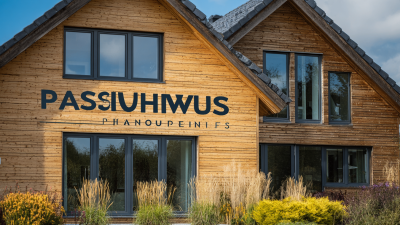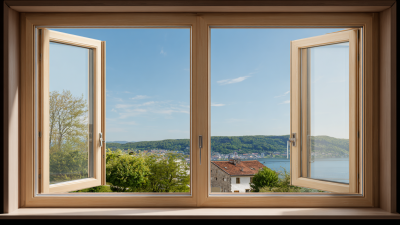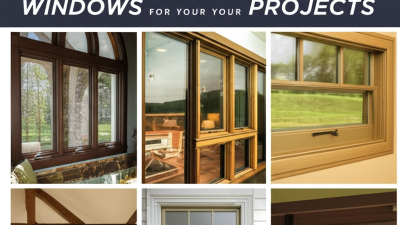When it comes to creating an energy-efficient home, choosing the right windows is paramount, particularly if you're aiming for Passivhaus certification.
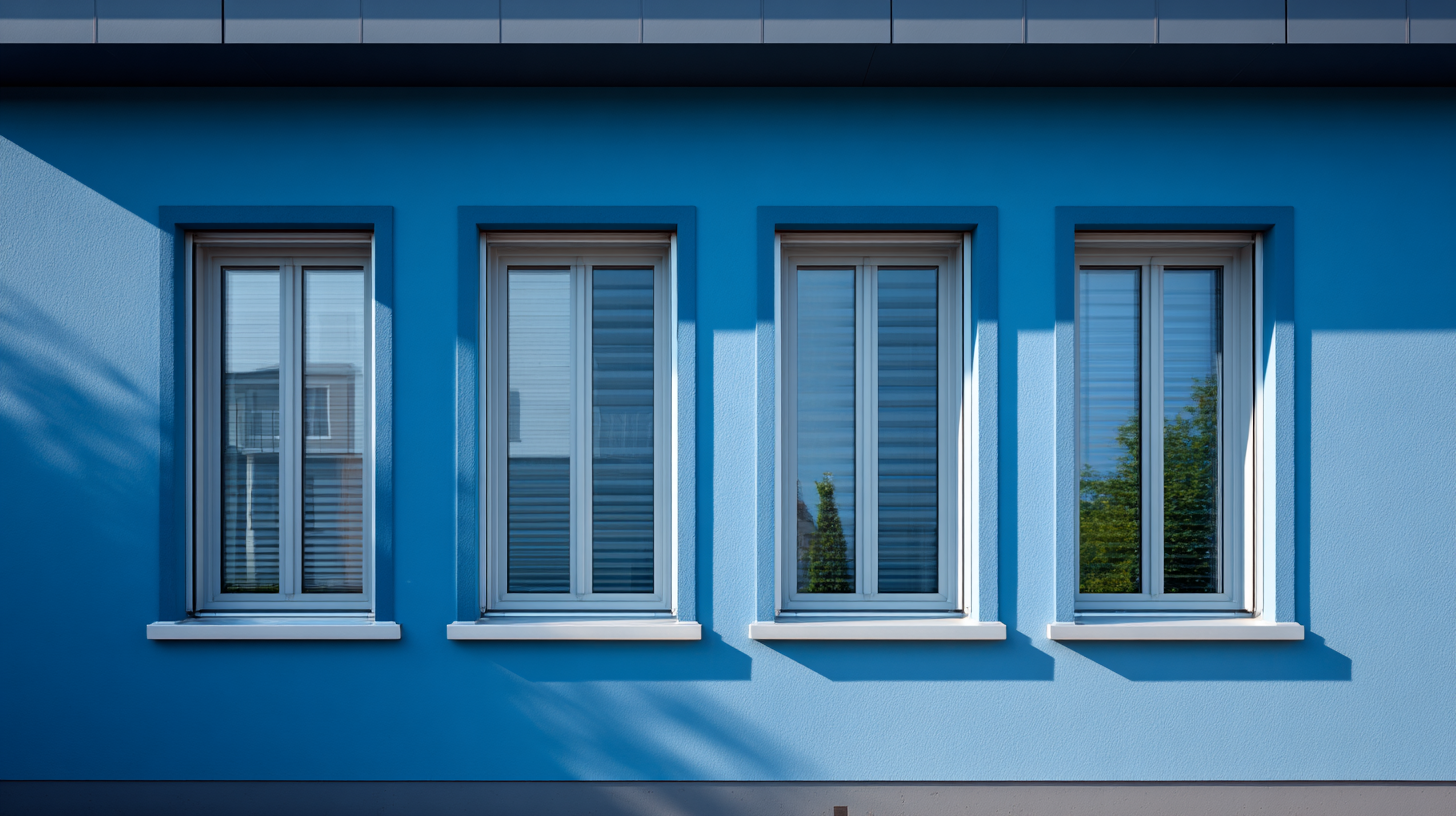 Passivhaus Windows are specifically designed to minimize energy loss, and selecting the best options can significantly enhance your home's overall performance.
According to the Passivhaus Institut, homes built to Passivhaus standards use up to 90% less heating energy compared to conventional buildings, making the choice of windows crucial to achieving such efficiency.
Passivhaus Windows are specifically designed to minimize energy loss, and selecting the best options can significantly enhance your home's overall performance.
According to the Passivhaus Institut, homes built to Passivhaus standards use up to 90% less heating energy compared to conventional buildings, making the choice of windows crucial to achieving such efficiency.
Furthermore, a report by the International Passive House Association indicates that properly installed Passivhaus Windows can provide exceptional thermal comfort while allowing for maximum natural light, thus reducing reliance on artificial lighting. As the demand for sustainable living grows, understanding how to choose the best Passivhaus Windows becomes essential for homeowners looking to reduce their carbon footprint and energy costs, all while ensuring a high-quality indoor environment.
When selecting windows for a Passivhaus, understanding the importance of Passivhaus standards is crucial for achieving optimal energy efficiency. These stringent criteria prioritize thermal performance, air tightness, and overall energy balance, ensuring that windows contribute significantly to minimizing energy loss. High-performance windows are designed to have excellent insulation properties, typically featuring triple glazing and advanced frame materials that reduce thermal bridging. This not only enhances comfort but also decreases the heating and cooling demand of the home.
Moreover, Passivhaus standards emphasize the significance of solar gain and shading control. Selecting windows with the right orientation and glazing type can maximize passive solar heat gain in colder months while minimizing overheating during the summer. This thoughtful approach to window selection helps in achieving a net-zero energy balance, making the home more sustainable. Ultimately, by adhering to Passivhaus standards, homeowners can improve indoor air quality and reduce their ecological footprint, providing a healthier living environment while being economically beneficial in the long run.
| Window Type | U-Value (W/m²K) | Solar Heat Gain Coefficient (SHGC) | Frame Material | Triple Glazing | Passivhaus Certified |
|---|---|---|---|---|---|
| Casement Window | 0.7 | 0.5 | Wood | Yes | Yes |
| Sliding Window | 0.8 | 0.45 | Aluminum | Yes | Yes |
| Fixed Window | 0.6 | 0.4 | Fiberglass | Yes | Yes |
| Awning Window | 0.75 | 0.5 | Vinyl | Yes | Yes |
| Tilt and Turn Window | 0.65 | 0.42 | Wood-Aluminum | Yes | Yes |
When selecting windows for a Passivhaus or any energy-efficient home, there are several key features to consider that significantly impact thermal performance and energy consumption. One of the most critical factors is the window's U-value, which measures insulation effectiveness. For high-performance Passivhaus standards, the U-value should ideally be less than 0.8 W/m²K. According to the Passive House Institute, this ensures maximum energy retention, reducing heating costs by up to 90% compared to conventional homes.
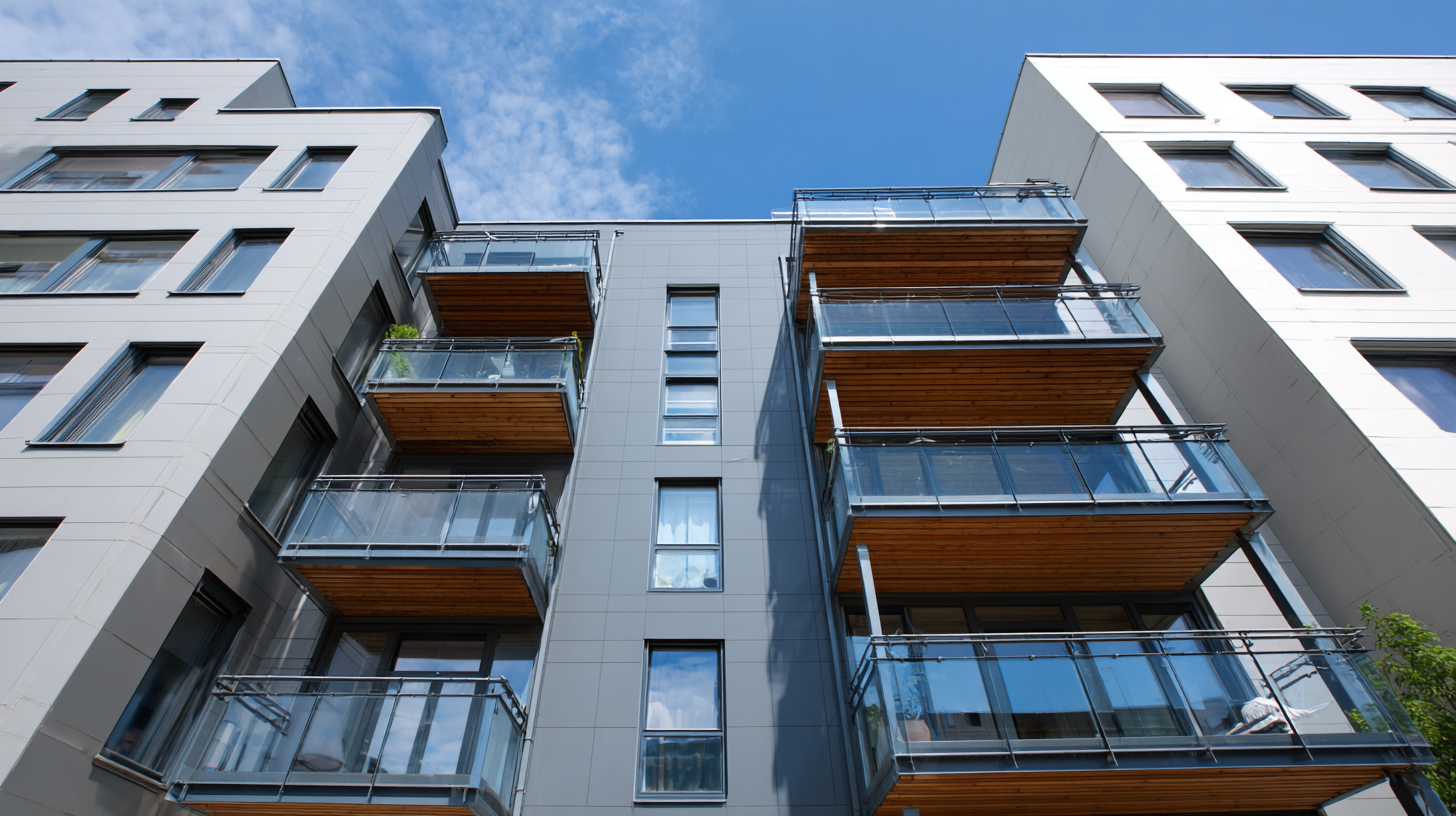
Another essential feature is the solar heat gain coefficient (SHGC). This rating indicates how much solar heat is admitted through the window. Ideally, windows with a SHGC of 0.3 to 0.5 are recommended, balancing solar gain during the winter with reduced heat during the summer. Additionally, triple glazing, with three panes of glass instead of the traditional double, is becoming standard in energy-efficient designs, providing enhanced insulation and reducing noise pollution. Reports from the National Renewable Energy Laboratory highlight that replacing single-pane windows with triple-glazed alternatives can result in energy savings of approximately 30-50% annually.
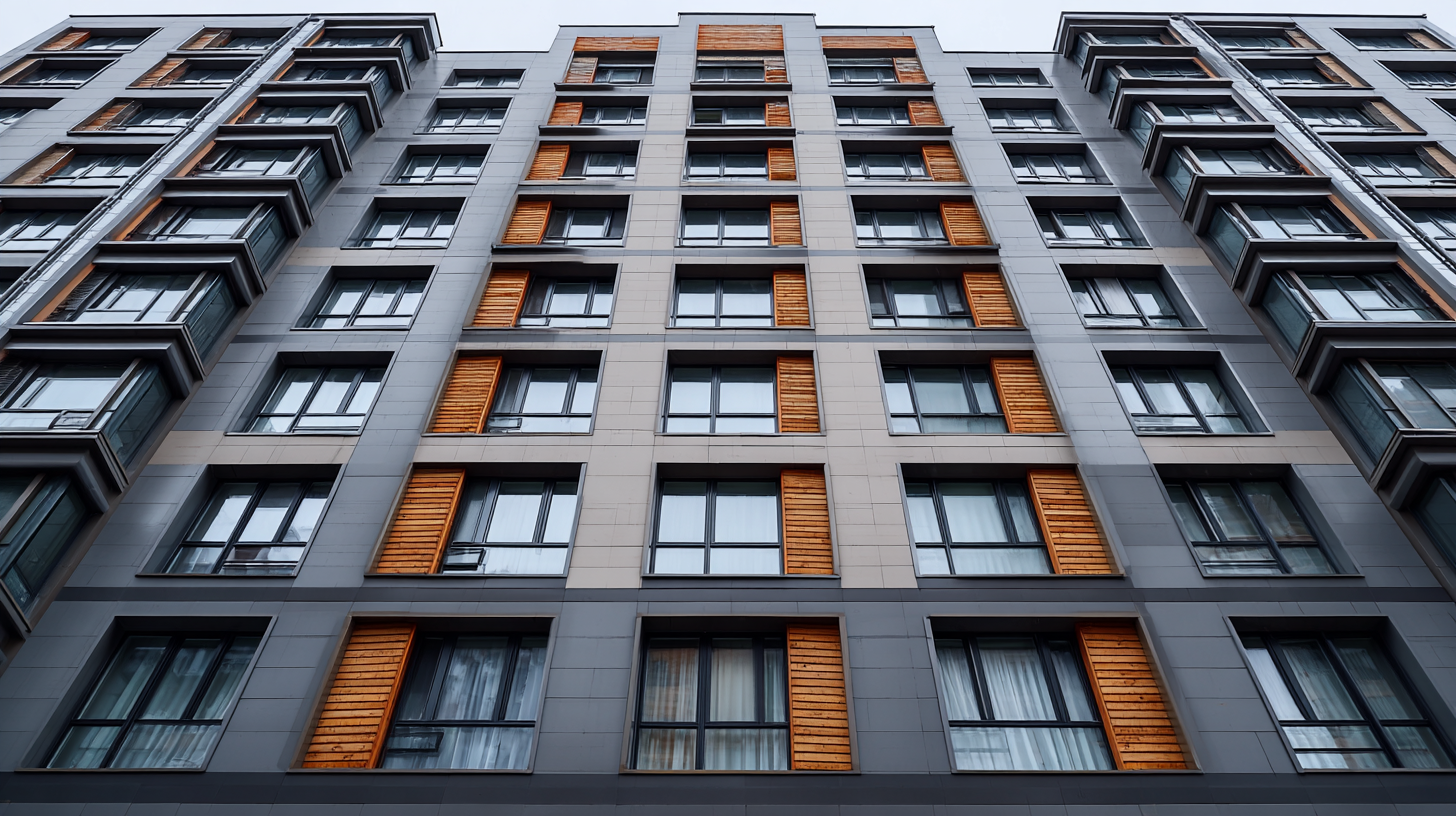 When selecting windows for a Passivhaus, it's crucial to consider the materials used, as they directly impact energy efficiency and comfort. The most common materials include uPVC, wood, and aluminum, each offering unique benefits and potential drawbacks. uPVC windows are favored for their excellent insulation properties and low maintenance needs, making them a practical choice for energy-conscious homeowners. However, their aesthetic appeal may not suit every architectural style.
When selecting windows for a Passivhaus, it's crucial to consider the materials used, as they directly impact energy efficiency and comfort. The most common materials include uPVC, wood, and aluminum, each offering unique benefits and potential drawbacks. uPVC windows are favored for their excellent insulation properties and low maintenance needs, making them a practical choice for energy-conscious homeowners. However, their aesthetic appeal may not suit every architectural style.
Wooden windows, while traditionally renowned for their beauty, require regular upkeep to maintain performance and prevent deterioration. They provide good thermal insulation, though it's crucial to choose high-quality, well-treated wood to ensure longevity. Aluminum frames, on the other hand, are incredibly durable and can support larger panes of glass, promoting natural light. However, their thermal performance is often lower unless they incorporate thermal break technology. As homeowners explore options, understanding the trade-offs associated with each material will help align their choice of windows with the overarching goals of energy efficiency and sustainability in a Passivhaus design.
When selecting the best Passivhaus windows for your energy-efficient home, understanding U-values and solar gain is crucial. U-values represent the rate of heat transfer through a window, and a lower U-value indicates better insulation properties. For optimal energy efficiency, aim for windows with U-values that comply with Passivhaus standards, typically around 0.8 W/m²K or lower. This ensures minimal heat loss, contributing to a comfortable indoor environment while reducing heating costs.
In addition to U-values, solar gain plays a significant role in maintaining energy efficiency. Solar gain refers to the amount of sunlight that enters a building through the windows, providing natural warmth and potentially reducing reliance on artificial heating. Choosing windows with a balanced solar heat gain coefficient (SHGC) is essential; a higher SHGC is beneficial in colder climates, allowing maximum sunlight penetration, while a lower SHGC is preferable in hotter regions to minimize overheating. By carefully evaluating both U-values and solar gain, homeowners can achieve an effective balance that enhances their home’s energy performance while ensuring comfort throughout the year.
This chart displays the U-values and solar gain values for various window types suitable for a Passivhaus home, illustrating the balance between insulation efficiency and solar heat gain.
When considering the cost-benefit analysis of investing in quality Passivhaus windows, it's essential to understand their long-term impact on energy efficiency. Although the initial cost of high-performance windows may be higher compared to standard options, the savings on energy bills can be substantial over time. Passivhaus windows are designed to minimize heat loss and maximize solar gain, often resulting in reduced heating and cooling costs that can recover the upfront investment within several years.
Another crucial factor in this analysis is the potential increase in property value. Homes that are built or renovated to meet Passivhaus standards are increasingly sought after in the real estate market, as buyers are more conscious of energy efficiency and sustainability. This means that investing in quality windows not only contributes to lower operating costs but can also enhance the marketability and appreciation potential of a home. Therefore, the decision to invest in Passivhaus windows should weigh not just immediate expenses but also consider the long-term financial and environmental benefits.
